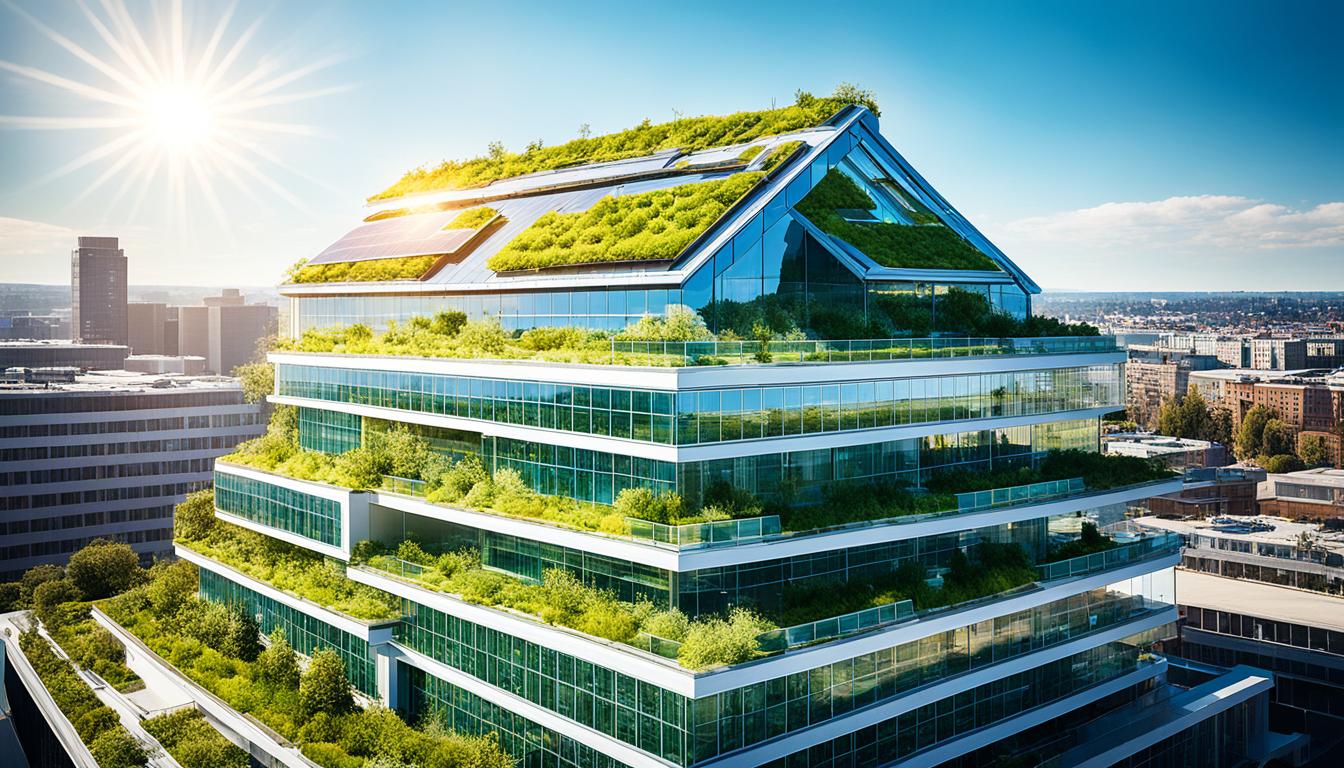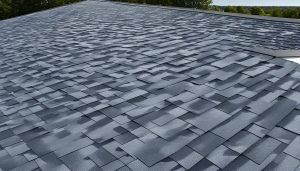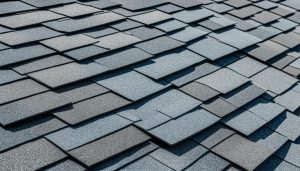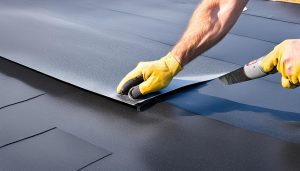Welcome to our comprehensive guide on energy efficient roofs for commercial properties. In this article, we will explore how these innovative roofs can transform your building into an eco-friendly powerhouse while cutting costs on energy consumption. Whether you’re a business owner looking to reduce your carbon footprint or a property manager seeking long-term savings, energy efficient roofs are the solution you’ve been searching for.
But what exactly are energy efficient roofs and why should you consider them for your commercial property? In the next section, we will delve deeper into the concept of energy roofs and their wide-ranging benefits. From reduced energy consumption to improved indoor comfort, these roofs offer a multitude of advantages for both your business and the environment.
Choosing the right energy roof for your commercial property is paramount to ensure maximum efficiency. We will guide you through the selection process, taking into account key factors such as your building’s location, size, and specific roofing requirements. Additionally, we will discuss energy efficiency ratings and certifications, empowering you to make an informed decision that aligns with your property’s unique needs.
So, let’s get started on your journey towards a sustainable and cost-effective roofing solution. The image below will give you a glimpse of the transformative capabilities of energy efficient roofs.
Stay tuned for the next section, where we will explore the benefits and features of energy efficient roofs in more detail. Get ready to unlock the full potential of your commercial property and join the eco-friendly revolution!
Understanding Energy Roofs and Their Benefits
In this section, we will delve deeper into the concept of energy roofs. Energy roofs are an innovative solution that can transform your commercial property into an eco-friendly powerhouse while providing significant cost savings. Let’s explore the benefits of energy roofs and how they contribute to a more sustainable future.
Types of Energy Roofs
Energy roofs come in various forms, each with unique features and advantages. Some common types include:
- Solar roofs: These roofs are equipped with solar panels that harness the power of the sun to generate clean, renewable energy.
- Green roofs: Green roofs are covered with vegetation, providing natural insulation, reducing stormwater runoff, and creating a pleasant green space.
- Cool roofs: Cool roofs are designed to reflect sunlight and absorb less heat, keeping the building cool and reducing the need for air conditioning.
Benefits of Energy Roofs
Energy roofs offer numerous benefits that make them a smart choice for commercial property owners. Here are some key advantages:
- Reduced energy consumption: Energy roofs help minimize the need for artificial lighting, heating, and cooling, resulting in lower energy usage and reduced utility bills.
- Lower carbon emissions: By tapping into renewable energy sources or implementing energy-efficient measures, energy roofs contribute to a significant reduction in carbon emissions, mitigating climate change.
- Improved indoor comfort: With effective insulation and temperature regulation, energy roofs create a comfortable indoor environment, enhancing occupant well-being and productivity.
- Long-term cost savings: Although the initial investment may be higher, energy roofs offer substantial long-term savings through reduced energy costs and potential tax incentives.
Investing in energy roofs not only benefits your bottom line but also demonstrates your commitment to sustainability and environmental stewardship. Now, let’s explore the financial advantages of opting for energy roofs in more detail.
Choosing the Right Energy Roof for Your Commercial Property
When it comes to enhancing the energy efficiency of your commercial property, choosing the right energy roof is crucial. With a wide variety of options available, it’s important to consider key factors that will ensure maximum performance and cost savings.
Start by evaluating your building’s location and climate. Different regions have specific weather conditions and energy requirements, and your energy roof should be able to withstand and adapt to these factors. Additionally, assess the size and structure of your commercial property to determine the roofing system that best suits your needs.
An important aspect to consider is the energy efficiency ratings and certifications of the energy roof. Look for ratings such as the Energy Star certification, which guarantees a certain level of energy performance. These ratings provide you with valuable information about the roof’s effectiveness in reducing energy consumption and lowering carbon emissions.
Furthermore, it’s essential to consult with experts in the field who can guide you through the selection process, taking into account your specific building requirements. They can help you make an informed decision based on factors such as insulation, solar reflectance, and thermal emissivity.




